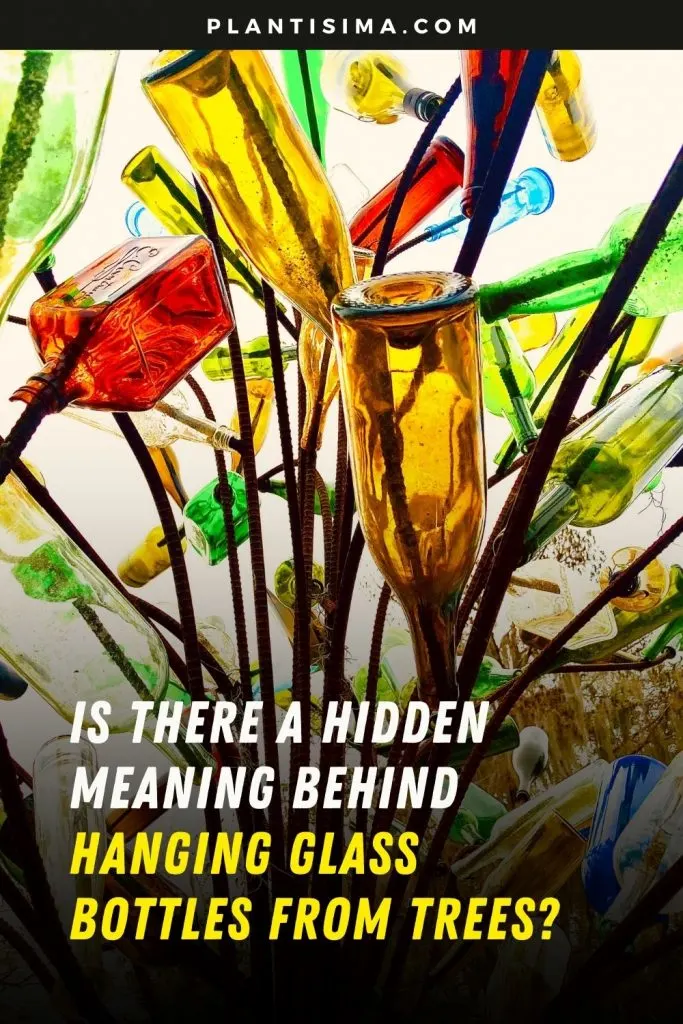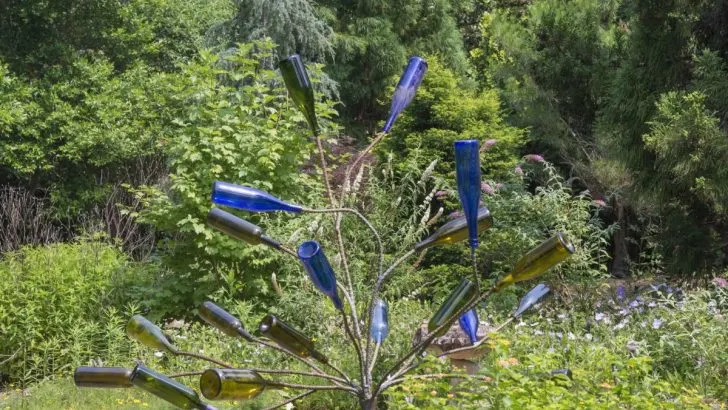The world is full of strange and wonderful things, but I have to say, the American South took the prize for oddities when I stumbled upon a tree adorned with glass bottles on a casual Sunday stroll a few years ago.
At first glance, I thought the bottles might be some kind of tree protection method (hey, I’m a gardener – there’s always something new to learn, right?). But I was way off.
These glass bottles hanging from crape myrtle or cedar trees actually hold a deeper cultural and historical significance. In fact, they’re part of a Southern tradition that dates back centuries.
Nowadays, you might find bottle trees made from different materials like metal poles, but regardless of the frame, they are still known as “bottle trees,” celebrating Southern culture and paying homage to ancestors.
The Fascinating History Behind This Tradition
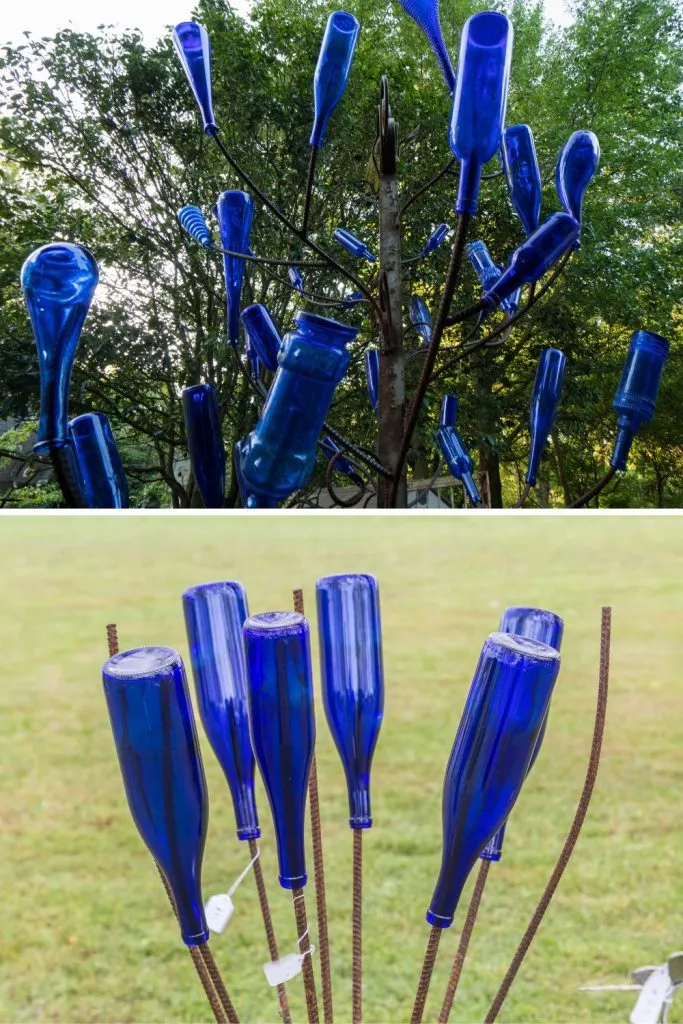
Bottle trees are more than just a quirky decoration – they carry deep cultural roots, stretching back to the Kingdom of Kongo in Africa.
Originally, bottle trees were a part of burial rituals, marking graves and serving as spiritual safeguards.
As the transatlantic slave trade uprooted many from their homelands in the 17th century, enslaved people brought this tradition with them, incorporating it into the places they settled. Over time, the materials evolved, but the concept remained: trapping evil spirits using colored glass.
The science – or rather, the folklore – behind it was this: The sunlight reflecting through the colored glass would ensnare evil spirits, preventing them from entering homes. People believed that during the night, these bottles would trap spirits, only to release them at dawn, where sunlight would destroy them. Spooky, right?
Bottle Trees: A Global Phenomenon
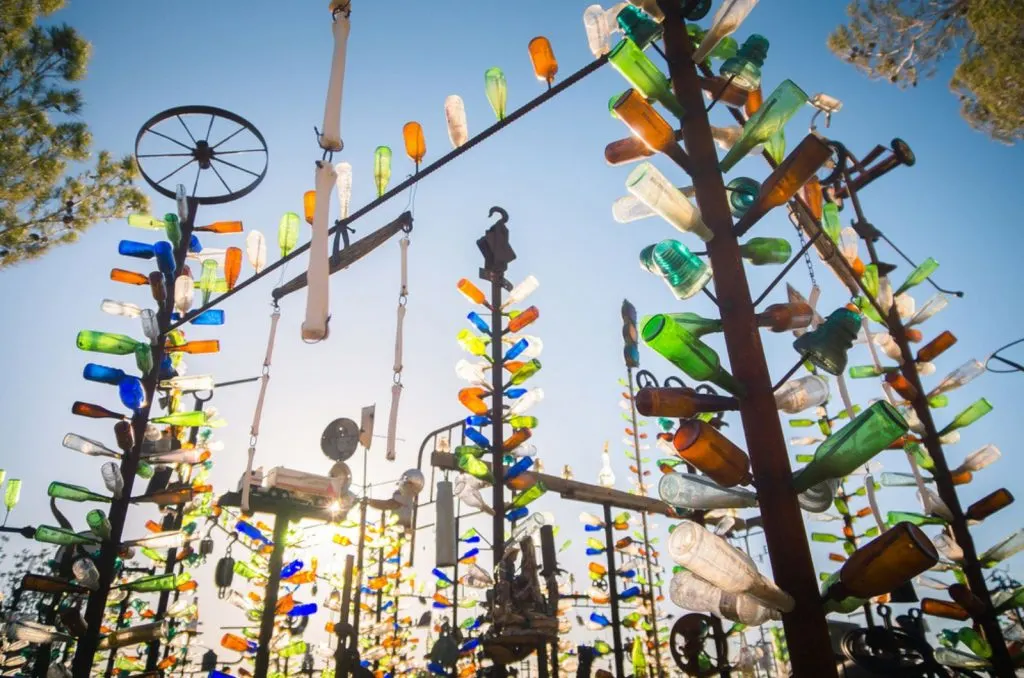
While many customs and traditions have faded over time, the bottle tree has stood the test of time, maintaining its cultural, spiritual, and historical importance.
Most of the bottle trees I’ve seen use stunning cobalt blue glass bottles, and there’s a reason for that. Blue is said to represent both water and the sky, which supposedly confuses and traps spirits.
Traditionally, bottle trees were placed near homes, but some were found near key communal areas as well. There’s even a way to check if your bottle tree is working its magic: if you hear a moaning sound when the wind blows across the bottle openings, it means a spirit has been captured.
This belief wasn’t unique to the South, either. Other cultures have similar folklore, though they used different objects. Ever seen those hollow glass spheres in British folklore? Those were believed to capture witches, and homeowners placed them near doors or windows to trap these unwelcome visitors.
My personal favorite, and perhaps the oddest story, is the belief that witches would curse themselves upon seeing their reflection in the glass – talk about an unexpected twist!
These so-called “witch balls” were incredibly popular in 17th and 18th century England and made their way to New England, proving that bottle trees are just one version of this ancient tradition.
Honoring the Past Through Bottle Trees
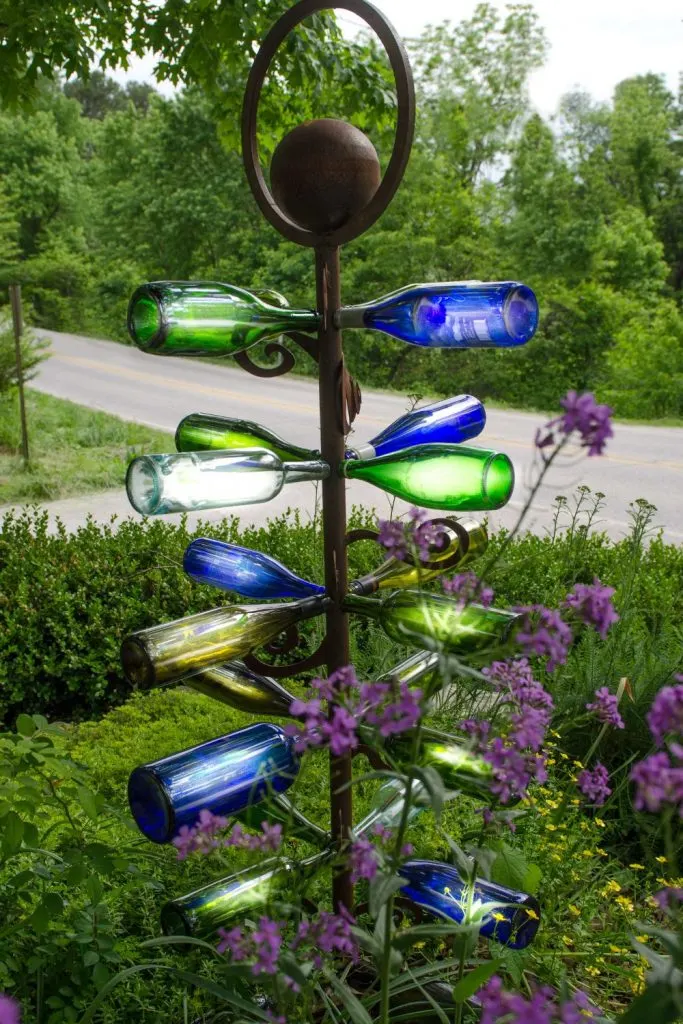
In today’s world, where information is just a click away and science explains most things, it’s easy to dismiss old traditions like these. But should we really forget them altogether?
Even if you don’t believe in capturing evil spirits with glass bottles, there’s something beautiful about honoring these ancient customs. It’s a nod to the past, a way to remember all the things our ancestors did to protect and beautify their surroundings.
Plus, your garden will look absolutely stunning with the sunlight dancing off those colorful bottles, perfectly complementing your vibrant flowers and plants. So, why not embrace a bit of history and add a little extra charm to your outdoor space?
After all, it’s more than just decoration – it’s a connection to the stories and people who came before us.
